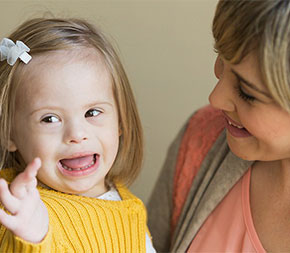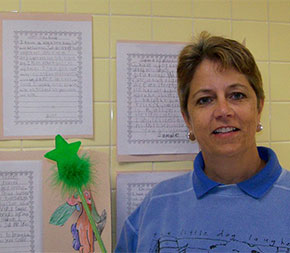Special Education Programs: What Do Public Schools Offer?

by All Star Staff


If you are considering a special education career, it is important to get as much information as you can about the different working environments available to special ed teachers today. And if you want to become a teacher, there are many special education programs to get you there.
When you picture your future, do you see yourself in your own classroom, surrounded by students with all types of disabilities? Or, do you envision yourself working one-on-one with a learning disabled student in a classroom full of typically developing students?
Special Education Programs Today
Special ed students still experience widely varying levels of regular classroom inclusion in their daily lives. These levels of inclusion often vary depending on the disabilities represented among the students in the special education program.
On the other hand, a child with a developmental or intellectual disability such as Down syndrome may have trouble keeping up in virtually all regular classes from a young age. He will need care and instruction more specific to his educational and social needs in individualized special education programs.
The fact that students have such a range of learning disabilities and widely varying experiences with their special education curriculum shows how these plans for students who need extra support have become much more successfully individualized in recent years.
The following are common types of special education programs available to students in public schools today:
Special Education Inclusion Programs
In special education inclusion programs, teachers use a special education curriculum for less than half of each day. Special-needs students spend the majority of the day “included” in regular classrooms. Teachers and aides are available to sit with special-needs students and work with them as a part of the larger classroom.
Special education teachers in schools with inclusion policies spend most of their time forming relationships with specific students, accompanying them to classes, and ensuring they are receiving adequate support and opportunity.
Mainstreaming Special Education Students
Mainstreaming of special education students is similar to inclusion, but has no requirement for time spent in regular classrooms. Often, mainstreaming of special education students into regular classrooms is done either in a limited number of classes in which the student excels or as an opportunity to let the special ed student socialize with the rest of the student body.
Special education teachers in mainstreaming schools might co-teach with regular teachers, spend time aiding students in classrooms, and teach special education classes all in a single day.
Self-Contained Special Education Programs
In self-contained special education programs, students spend the majority if not all of the day in a “self-contained” classroom for special ed students. They can be located on the same campus or in an entirely different school from their typically developing peers. These special education programs are often effective for students with more severe disabilities.


